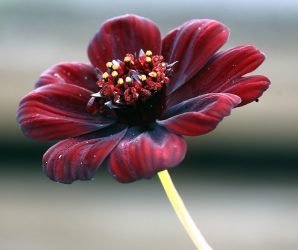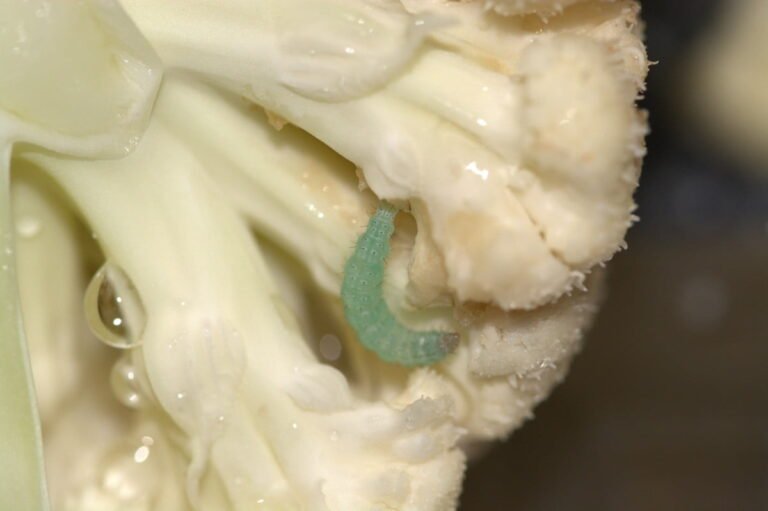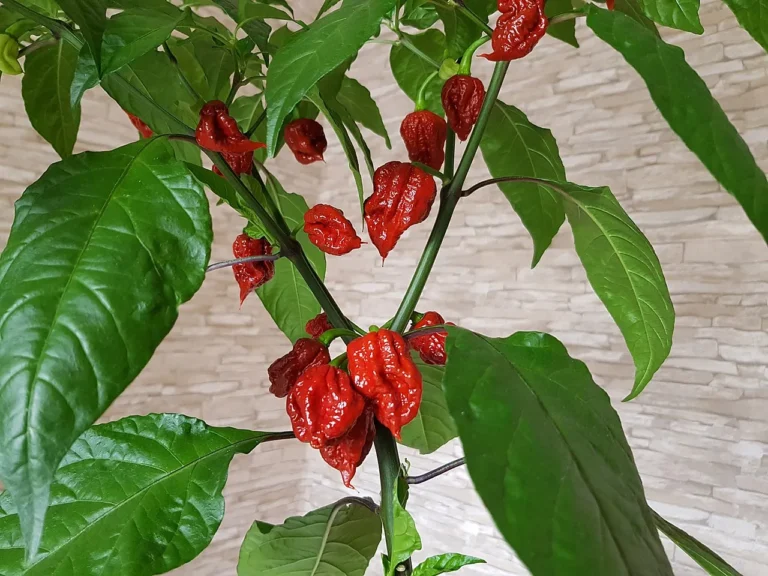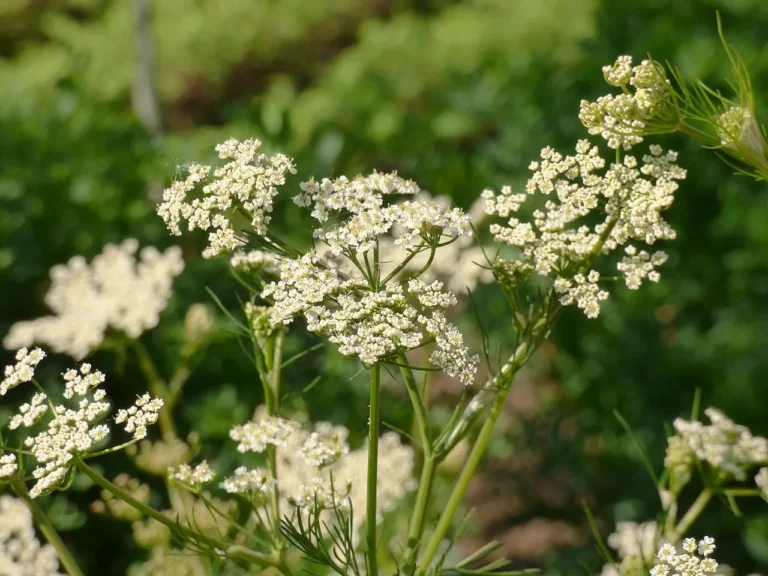Cultivating Elegance: The Art of Growing Fig Bonsai
Bonsai, the ancient Japanese art of growing miniature trees, combines horticultural techniques and artistic design. Among the various species suited for bonsai, the Fig tree, particularly the Ficus genus, stands out for its resilience and beauty. In this guide, we’ll delve into the world of Fig Bonsai, exploring the steps to grow, care for, and artistically shape these magnificent miniature trees.
Why Choose Fig for Bonsai?
Fig trees, with their robust growth, tolerance for pruning, and striking appearance, are an excellent choice for both novice and experienced bonsai enthusiasts. The Ficus species, known for its lush foliage and distinctive aerial roots, adds a tropical flair to the bonsai collection.
Key Characteristics:
- Scientific Name: Ficus
- Common Varieties: Ficus Retusa, Ficus Benjamina, Ficus Ginseng
- Leaf Type: Small, lush green leaves
- Growth Habit: Strong, fast-growing with visible aerial roots
- Ideal Climate: Tropical, but adaptable to indoor environments
Step-by-Step Guide to Growing Fig Bonsai
- Selecting the Right Fig Variety: Choose a Ficus species that suits your climate and indoor environment. Ficus Retusa or Ginseng are popular choices for their hardy nature.
- Starting Your Bonsai: You can begin your Fig Bonsai from seeds, cuttings, or by purchasing a pre-bonsai or nursery stock. Cuttings are a quicker method, offering a clone of the parent tree with established characteristics.
- Potting and Soil: Use a well-draining bonsai pot with a mix of akadama, pumice, and organic potting compost. Ensure the pot has adequate drainage to prevent root rot.
- Location and Sunlight: Place your Fig Bonsai in a bright location with indirect sunlight. Figs thrive in warm conditions and can be kept outdoors in summer in most climates.
- Watering: Water your Fig Bonsai when the topsoil feels dry. Ficus trees prefer consistent moisture but be wary of overwatering.
- Feeding: Use a balanced bonsai fertilizer every two weeks during the growing season. Reduce feeding in winter when the tree’s growth slows down.
- Pruning and Shaping: Prune your Fig Bonsai to maintain its miniature size and to shape it. Use sharp bonsai scissors for clean cuts. Regular pruning encourages the growth of smaller leaves, which is ideal for bonsai aesthetics. For shaping, use bonsai wiring techniques but be gentle to avoid damaging the bark.
- Repotting: Repot your Fig Bonsai every two to three years to refresh the soil and prune the roots. This practice encourages healthy growth and prevents the tree from becoming root-bound.
- Pest and Disease Management: Fig Bonsais can be prone to pests like aphids and spider mites, especially when kept indoors. Regularly inspect your tree and use organic pest control methods if necessary. Ensure good air circulation and avoid over-watering to prevent fungal diseases.
Styling Your Fig Bonsai
The beauty of bonsai lies in its artistic form. Fig trees are versatile and can be styled in various ways, such as informal upright, cascade, or semi-cascade. Their propensity to develop aerial roots can be used to create dramatic banyan-style bonsais. When wiring, remember that Ficus trees have softer wood, so apply wire loosely to avoid cutting into the bark.
Conclusion
Growing a Fig Bonsai is a rewarding experience that blends gardening skills with artistic expression. By following these steps and providing consistent care, you can cultivate a stunning Fig Bonsai that brings a piece of the natural world into your home in miniature form. Remember, bonsai is a journey – not a destination. Enjoy the process of watching your tree evolve and take shape under your care.







